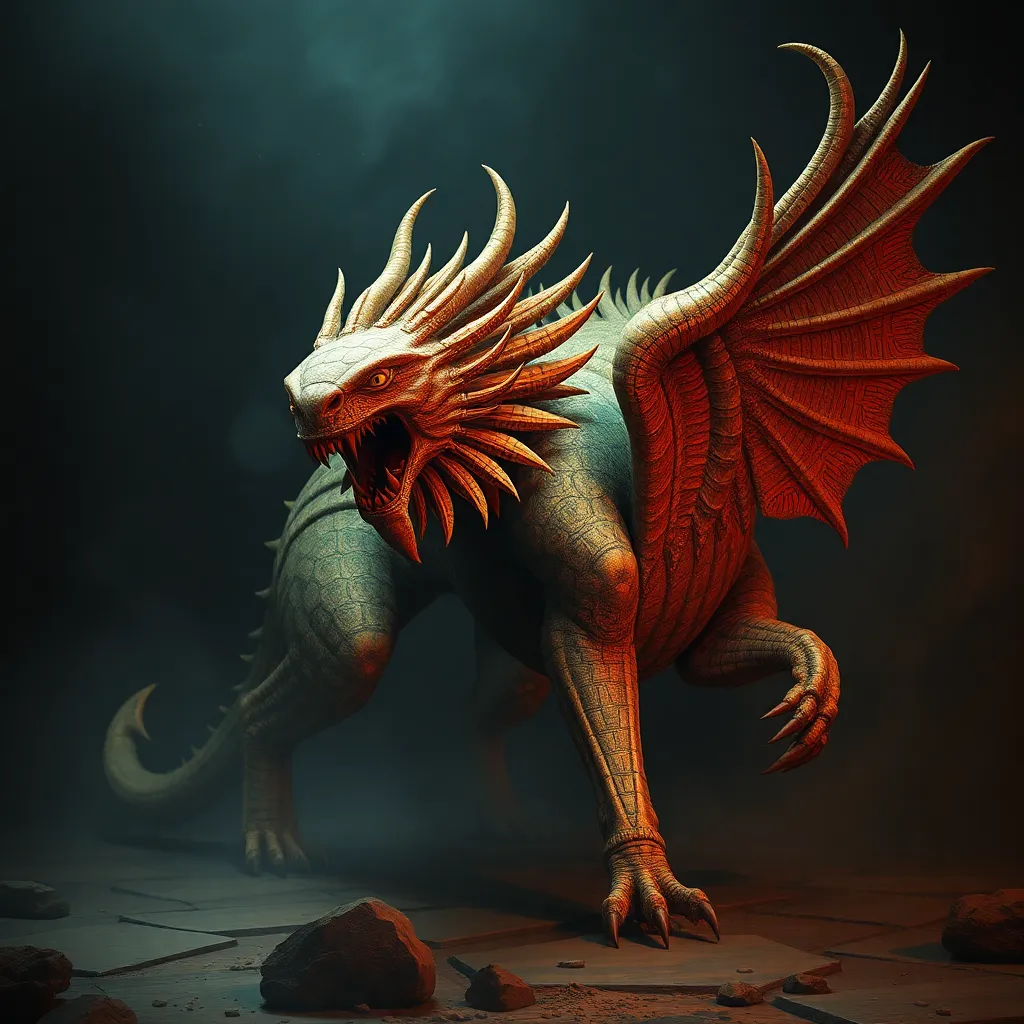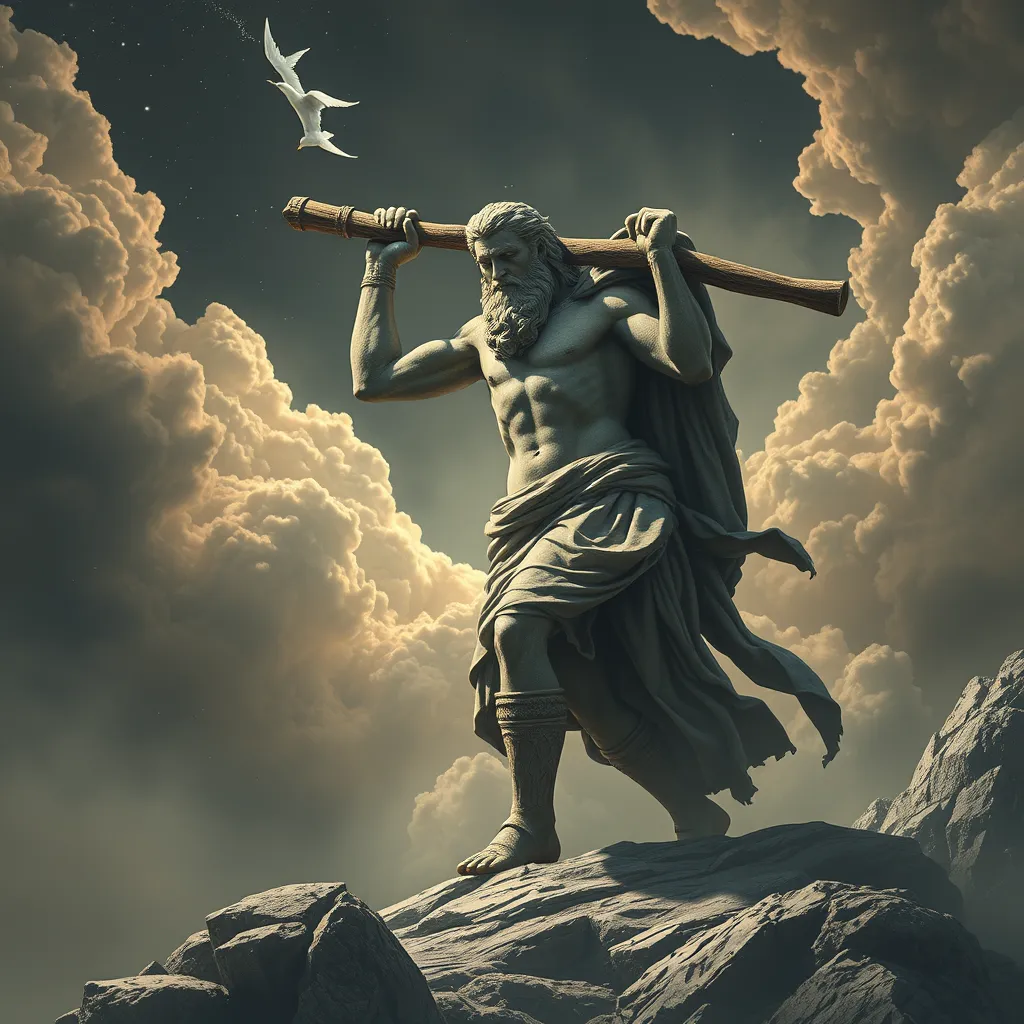The Manticore in Ancient Egypt: A Beast of the Underworld?
I. Introduction
The Manticore, a mythical creature with a lion’s body, a human head, and a scorpion’s tail, has intrigued scholars and mythologists alike. Its significance in various mythologies, particularly in Ancient Egypt, warrants examination. As a symbol of danger and the unknown, the Manticore embodies the fears and beliefs of ancient civilizations.
Understanding the Manticore’s role in Ancient Egyptian culture is essential, as it reflects the society’s views on the afterlife and the supernatural. This article aims to explore the origins, symbolism, and legacy of the Manticore within the context of Ancient Egyptian mythology.
II. The Origins of the Manticore Myth
The Manticore’s myth has roots in the ancient civilizations of Persia and Mesopotamia. It is believed to have evolved from earlier myths and stories about fearsome creatures that inhabited the minds of people in these regions.
In Mesopotamian and Persian mythology, similar creatures such as the Lamassu, a protective deity with a lion’s body and a human head, and the Ziz, a giant bird, display comparable traits and functions. The Manticore’s imagery likely developed as a combination of these earlier beasts, adapting to the cultural narratives of Ancient Egypt.
Over time, the representation of the Manticore has transformed. Initially depicted as a purely terrifying entity, it gradually evolved into a more complex symbol, embodying both wisdom and peril.
III. Physical Description and Symbolism
The traditional characteristics of the Manticore are striking: a lion’s body signifies strength and nobility, while the human head represents intelligence and cunning. The scorpion tail, however, introduces an element of danger, as it is capable of delivering venomous stings.
In Egyptian mythology, the Manticore symbolizes the duality of creation and destruction. It embodies the cycle of life and death, reflecting the Egyptians’ beliefs about the afterlife:
- Life: The lion represents power and the vitality of the living.
- Death: The scorpion tail signifies the threat of mortality and the unknown.
Artistic representations of the Manticore can be found in various Egyptian artifacts, including sculptures and hieroglyphs. These depictions often emphasize its fearsome appearance, reinforcing its role as a guardian of the underworld.
IV. The Manticore’s Role in Egyptian Underworld Beliefs
The Ancient Egyptians held a complex belief system regarding the afterlife. They envisioned a journey through the underworld, fraught with challenges and trials. In this context, the Manticore served as both a guardian and an adversary.
As a guardian, the Manticore could protect souls from malevolent forces, while as an adversary, it posed a challenge that souls needed to overcome to reach the afterlife successfully. This dual role mirrors other mythological creatures in the Egyptian underworld, such as:
- Ammit: A hybrid creature that devoured souls unworthy of entering the afterlife.
- Set: The god of chaos, often depicted as an enemy to the order of Osiris.
V. The Manticore in Literature and Texts
References to the Manticore appear in various texts and inscriptions from Ancient Egypt. These works highlight the creature’s significance within the cultural narrative of the time.
Key texts include:
- The Book of the Dead: A funerary text that outlines the journey through the afterlife and mentions creatures guarding the underworld.
- Pyramid Texts: Early religious texts that reference divine beings and creatures associated with the afterlife.
These references contribute to our understanding of the Manticore’s role, portraying it as a critical figure in the journey to the afterlife, emphasizing the balance between fear and reverence.
VI. Cultural Impact and Legacy
The Manticore’s influence extends beyond Ancient Egypt, impacting later mythologies and cultures. Its image has been adapted and reinterpreted in various forms, showcasing its adaptability in mythological narratives.
In modern interpretations, the Manticore has found a place in popular culture, appearing in literature, films, and video games. This continued fascination emphasizes:
- The universal appeal of hybrid creatures in storytelling.
- The ongoing exploration of themes such as power, danger, and the unknown.
The Manticore remains a subject of interest in contemporary society, serving as a reminder of humanity’s timeless quest to understand the mysteries of existence.
VII. Archaeological Evidence and Discoveries
Archaeological excavations have unearthed evidence related to the Manticore in Ancient Egypt, providing valuable insights into its significance. Findings include:
- Sculptures featuring Manticore-like creatures, indicating their role in funerary practices.
- Inscriptions that reference the Manticore, linking it to burial rituals and beliefs about the afterlife.
These artifacts shed light on the Manticore’s implications for understanding Egyptian beliefs, illustrating how mythology intertwined with everyday life and death.
VIII. Conclusion
In summary, the Manticore occupies a unique position in Ancient Egyptian mythology, representing the complexities of life, death, and the afterlife. Its origins, symbolism, and role in literature reflect the fears and aspirations of a civilization grappling with the unknown.
The Manticore’s legacy continues to resonate, influencing modern interpretations and cultural narratives. Future research may further unravel the depths of its significance, offering new perspectives on this enigmatic creature.



